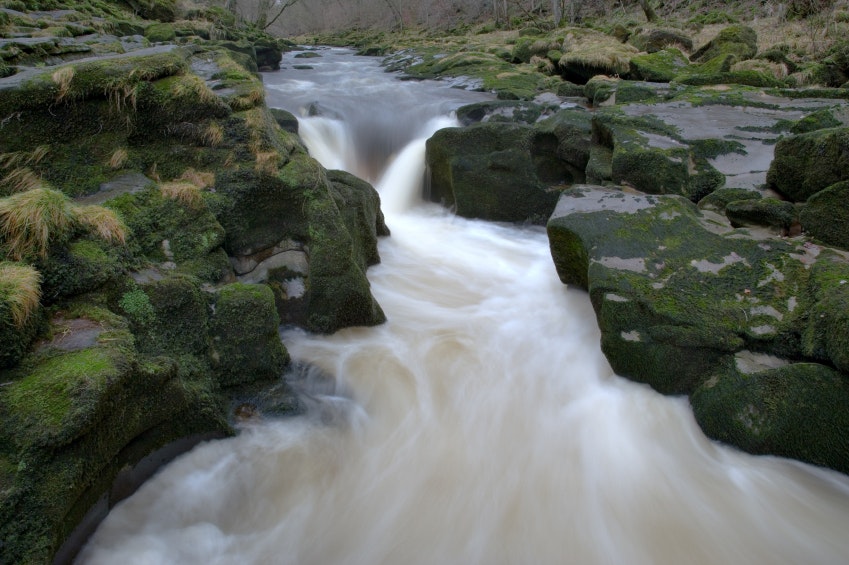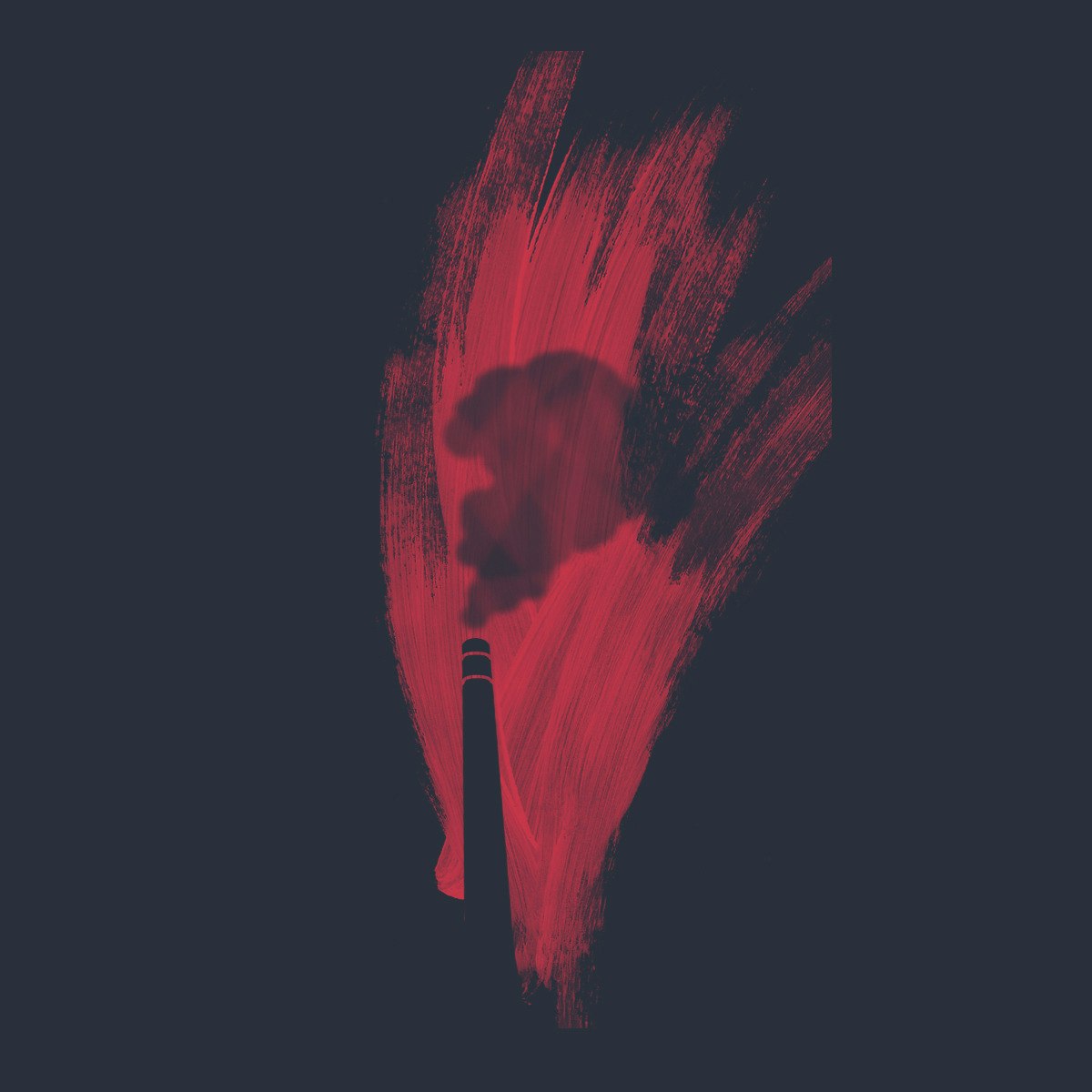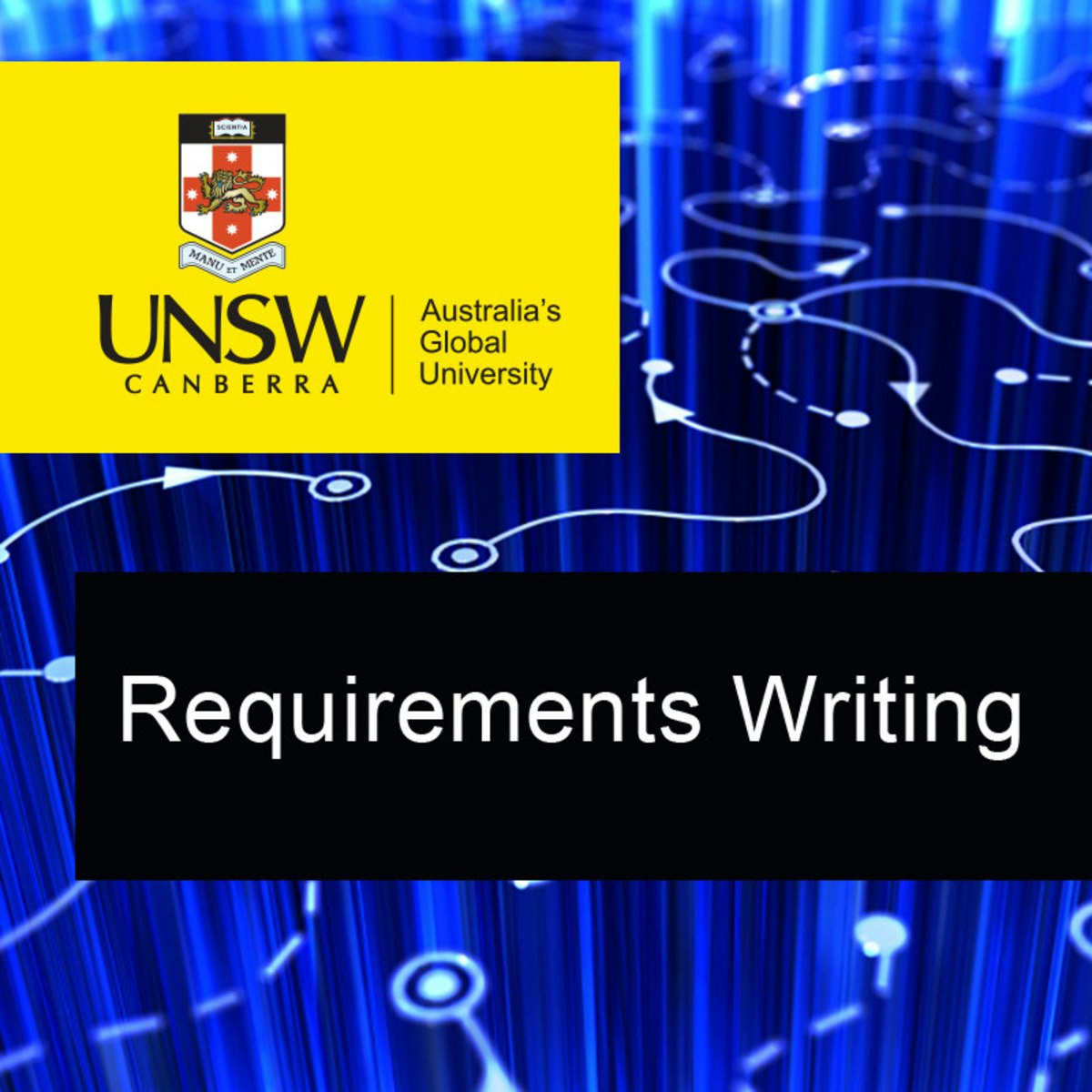Back to Courses









Physical Science And Engineering Courses - Page 31
Showing results 301-310 of 522

English for Science, Technology, Engineering, and Mathematics
Welcome to English for Science, Technology, Engineering, and Mathematics, a course created by the University of Pennsylvania, and funded by the U.S. Department of State Bureau of Educational and Cultural Affairs, Office of English Language Programs.
To enroll in this course for free, click on “Enroll now” and then select "Full Course. No certificate." If you want to get a Coursera Verified Certificate for free, please fill out the Financial Aid form.
This course is designed for non-native English speakers who are interested in improving their English skills in the sciences. In this course, you will explore some of the most innovative areas of scientific study, while expanding your vocabulary and the language skills needed to share scientific information within your community. In unit 1, you will learn how to preview texts and practice some of the language used to make comparisons when talking about global warming and climate change. In unit 2, you will examine the chemistry of climate change and the language of cause and effect. In Unit 3, you will learn about some of the impacts of Climate Change and the language used to describe these effects. In Unit 4, you will learn reading strategies that can help you explore the science behind some new energy systems. In the final unit, you will investigate practical advances in Nanotechnology that help slow down climate change, while developing your own research skills in English.
Unless otherwise noted, all course materials are available for re-use, repurposing and free distribution under a Creative Commons 4.0 Attribution license.
Supplemental reading materials were provided by Newsela, which publishes daily news articles at a level that's just right for each English language learner.

Wireless Communications for Everybody
This course will provide an introduction and history of cellular communication systems that have changed our lives during the recent four decades and will become an essential and inseparable part of human life. The principles of wireless communication theory are covered with emphasis on the essential concept delivery to non-major learners in the easiest way. Then, it will be covered how such principles are realized and how multimedia services can be delivered in practical LTE cellular systems by which learners are connected and enjoys together in their lives.
After completing this course, learners will be able to understand
1. What a cellular system is and how it has been developed so far
2. The very basic principles how information can be delivered efficiently using radio
3. How such principles are realized in LTE systems.
4. How people can be connected and multimedia services can be delivered in LTE systems

Communications and High-Speed Signals with Raspberry Pi
Course two of this specialization is all about hardware physical layer and communication between elements of your project, how to troubleshoot high-speed signals when they don't work, and how to design your projects so they do work.
We start with a review of common signal protocols available . Then, to build a deep and intuitive understanding of how circuits send and receive these signals, Module 2 explores the physics of high-frequency signals in an easy-to-follow way.
Module 3 flips your thinking from the time-domain to the frequency-domain to examine the frequency components of signals and understand how unintended filtering in your circuits distorts your digital waveforms. These are "signal integrity" concepts, distilled to what you need for your Raspberry Pi projects.
Now, with our knowledge of signals, Module 4 develops five rules of thumb for designing your circuits so that your high-speed signals work the first time. These five rules of thumb, combined with the experience from earlier modules, help you estimate spectral bandwidth of signals, rise time, and gain insights whether you're troubleshooting a broken design or designing something new.

Cyber Security in Manufacturing
The nature of digital manufacturing and design (DM&D), and its heavy reliance on creating a digital thread of product and process data and information, makes it a prime target for hackers and counterfeiters. This course will introduce students to why creating a strong and secure infrastructure should be of paramount concern for anyone operating in the DM&D domain, and measures that can be employed to protect operational technologies, systems and resources.
Acquire knowledge about security needs and the application of information security systems. Build the foundational skills needed in performing a risk assessment of operational and information technology assets. Gain valuable insights of implementing controls to mitigate identified risks.
Main concepts of this course will be delivered through lectures, readings, discussions and various videos.
This is the seventh course in the Digital Manufacturing & Design Technology specialization that explores the many facets of manufacturing’s “Fourth Revolution,” aka Industry 4.0, and features a culminating project involving creation of a roadmap to achieve a self-established DMD-related professional goal. To learn more about the Digital Manufacturing and Design Technology specialization, please watch the overview video by copying and pasting the following link into your web browser: https://youtu.be/wETK1O9c-CA
Introduction to Environmental Law and Policy
Environmental law may be the one institution standing between us and planetary exhaustion. It is also an institution that needs to be reconciled with human liberty and economic aspirations. This course considers these issues and provides a tour though existing legal regimes governing pollution, water law, endangered species, toxic substances, environmental impact analyses, and environmental risk.
Note: The Environmental Law & Policy Course will close for new learner enrollment on February 22, 2019. Learners who have already enrolled will continue to see it on their Coursera Dashboard as long as they remain enrolled in the course. If you are currently enrolled in this course, please see the announcement sent on February 19, 2019, for additional details.

Autodesk Fusion 360 Integrated CAD/CAM/CAE
Design, engineering, and manufacturing are undergoing a digital transformation, and the need for a collaborative product development environment is becoming an ever-growing requirement. Autodesk® Fusion 360™ meets this need by connecting CAD, CAM, and CAE in a single cloud-based platform unlike any other tool of its kind. This course builds upon digital manufacturing trends and foundational CAD concepts discussed in Course 1 of this series by introducing Fusion 360 as a problem-solving tool. In this course, we take the next step in connecting CAD, CAM, and CAE through a series of short exercises on 3D modeling, rendering, simulation, and computer aided manufacturing.
After completing this course series, you will be able to:
• Demonstrate knowledge of and apply job entry level skills in computer aided design, computer aided engineering (CAE) and computer aided manufacturing (CAM) using Fusion 360 software.
• Describe and apply design based workflows for design, engineering and manufacturing using Fusion 360 software.
• Utilize Fusion 360 cloud based collaboration features for project sharing and design review.
Looking for Autodesk Fusion 360 certification prep courses? Check out additional learning resources to help you uplevel your skills: https://www.autodesk.com/learning

Software Security
This course we will explore the foundations of software security. We will consider important software vulnerabilities and attacks that exploit them -- such as buffer overflows, SQL injection, and session hijacking -- and we will consider defenses that prevent or mitigate these attacks, including advanced testing and program analysis techniques. Importantly, we take a "build security in" mentality, considering techniques at each phase of the development cycle that can be used to strengthen the security of software systems. Successful learners in this course typically have completed sophomore/junior-level undergraduate work in a technical field, have some familiarity with programming, ideally in C/C++ and one other "managed" program language (like ML or Java), and have prior exposure to algorithms. Students not familiar with these languages but with others can improve their skills through online web tutorials.

Energy, Environment, and Everyday Life
For a sample of what this course will include, see the video "Energy, Environment, and Everyday Life MOOC with University of Illinois Professor David Ruzic" - http://go.citl.illinois.edu/Energy-MOOC
This course teaches you everything you need to know about energy, the environment, and at least a number of things in everyday life. It starts by talking about energy itself and where it comes from. This includes how much we have, who has it, who uses it, and what that all means. The video clips are produced in a fast-paced multimedia format during which Professor Ruzic throws in fun and demonstrations. There are multiple-choice questions to check your understanding and some more in-depth exercises to guide you deeper into the subject.
After explaining the main things we use energy for – our cars and electronics! – fossil fuels are examined in detail. Want to really learn about fracking or pipelines? Watch these segments. The environmental effects of fossil fuels are taught as well. Global warming, acid rain, and geoengineering all are in this part of the course. Part of their solution is too. Renewables follow, with clips on solar, wind, hydro, geothermal, biofuels, etc. You’ll even see Professor Ruzic in a corn field and in the middle of a stream showing how you could dam it up.
Finally, nuclear power is taught in detail – how it really works and what happens when it doesn’t work, as in Three Mile Island, Chernobyl, and Fukushima, as well as how we are making it today, which is shown here without political preconceptions. In this course, economics takes center stage. People will ultimately do whatever costs the least, so energy policy is most effective when it is targeted at the user’s wallet.
Throughout the course there are 24 segments on “How Things Work." These guides to everyday life are tremendously varied, covering everything from fireworks to making beer to what happens backstage at a theater. The course is designed to be enjoyable as well as informative. We hope you will take a look!

Requirements Writing
Welcome to "Requirements Writing". As the title indicates, over the next four weeks, we will be looking at the important task of writing of text-based requirement statements. The course takes you step by step through the rules for writing requirements statements in accordance with the "Guide for Writing Requirements" published by the International Council on Systems Engineering (INCOSE).
This course welcomes anyone who wants to find out how to write requirements. It is relevant to anyone in project management, engineering, QA, logistic support, operations, management, maintenance and other work areas. No specific background is required, and we welcome learners with all levels of interest and experience.

Introduction to Particle Accelerators (NPAP MOOC)
Welcome to the Nordic Particle Accelerator Program's (NPAP) Massive Open Online Courses and to the fascinating world of particle accelerators!
Did you know that in the year of 2000 there were more than 15 000 particle accelerators in the world? Yet, today it has grown to more than 30 000 of them! A third of the particle accelerators are dedicated to medical applications, such as radio therapy, and a half are used for ion implantation in semiconductor devices. Also numerous particle accelerators are used for sterilizing food. Despite these everyday life examples of small particle accelerators, it is the large accelerators, like the Large Hadron Collider at CERN, that most people associate with particle accelerators. There will be many new applications for particle accelerators in the future and by that there is a need for MOOCs that describe the techniques and applications of these machines..
The NPAP series of MOOCs consists of three MOOCs designed to disseminate knowledge about particle accelerator technology to impacted fields. The courses have been made possible thanks to the support of the Erasmus Plus, Strategic Partnership funding of the European Commission and thanks to the dedicated lecturers from the universities of Lund, Uppsala, Arhus, Oslo and Jyväskylä, and by experts from the MAX IV Laboratory and European Spallation Source (ESS), both in Lund, Sweden.
In many of the lectures we detail the MAX IV Laboratory and ESS - currently hosting the most powerful synchrotron light source and neutron source in the world. In the MAX IV Laboratory intense X-ray beams are produced by electrons that are first accelerated to almost the speed of light, and at ESS protons will be accelerated and, by a process called spallation, generate intense beams of neutron. The X-ray and neutron beams are used for looking into matter, down to the atomic level. The MAX IV Laboratory and ESS form a unique European center of excellence for thousands of scientists that together build the world of tomorrow. We also take a closer look at the Large Hadron Collider, at CERN, in Geneva. This powerful machine has already had an immense impact on theoretical physics and will continue to contribute to our knowledge of nature for quite some time.
The first course in our NPAP series is the Introduction to Particle Accelerators. It explains how a particle accelerator can generate light of wavelengths down to one Angstrom. It also explains how the ESS facility can create a massive flux of neutrons by accelerating protons and let them smash into a disk of tungsten. The initial modules provide the basic knowledge about linear and circular accelerators that is required to understand other types of accelerators, like the Large Hadron Collider (LHC), at CERN in Geneva. We describe LHC and give an introduction to the elementary particle physics it is used for. We continue by describing some new concepts for future particle accelerators, like plasma driven accelerators.
The second MOOC in the series is called "Fundamentals of Particle Accelerator Technology (NPAP MOOC)" and offers four modules: The Radio Frequency (RF) System of Accelerators; Magnet technology for accelerator; Beam Diagnostics; Basics of Vacuum techniques. The third MOOC is - Medical Applications of Particle Accelerators, which offers the four modules: Introduction to the course and radiotherapy; Linear electron accelerators for radiotherapy; Proton therapy part I; Proton therapy part II and the production of medical radionuclides.
The three MOOCs can be taken either separately or as a package. For students that intend to take all three courses we recommend that they are taken in order.
Get started and join us on this journey through the world of particle accelerators and be amazed by their importance for our lives and societies!
Best Regards,
The NPAP Team!
Popular Internships and Jobs by Categories
Find Jobs & Internships
Browse
© 2024 BoostGrad | All rights reserved